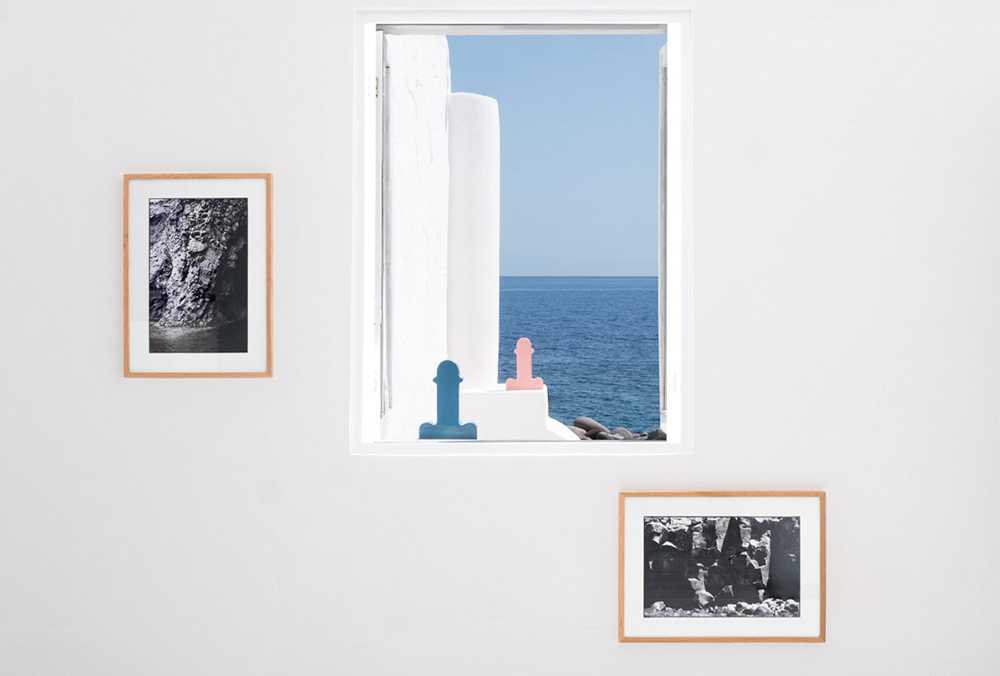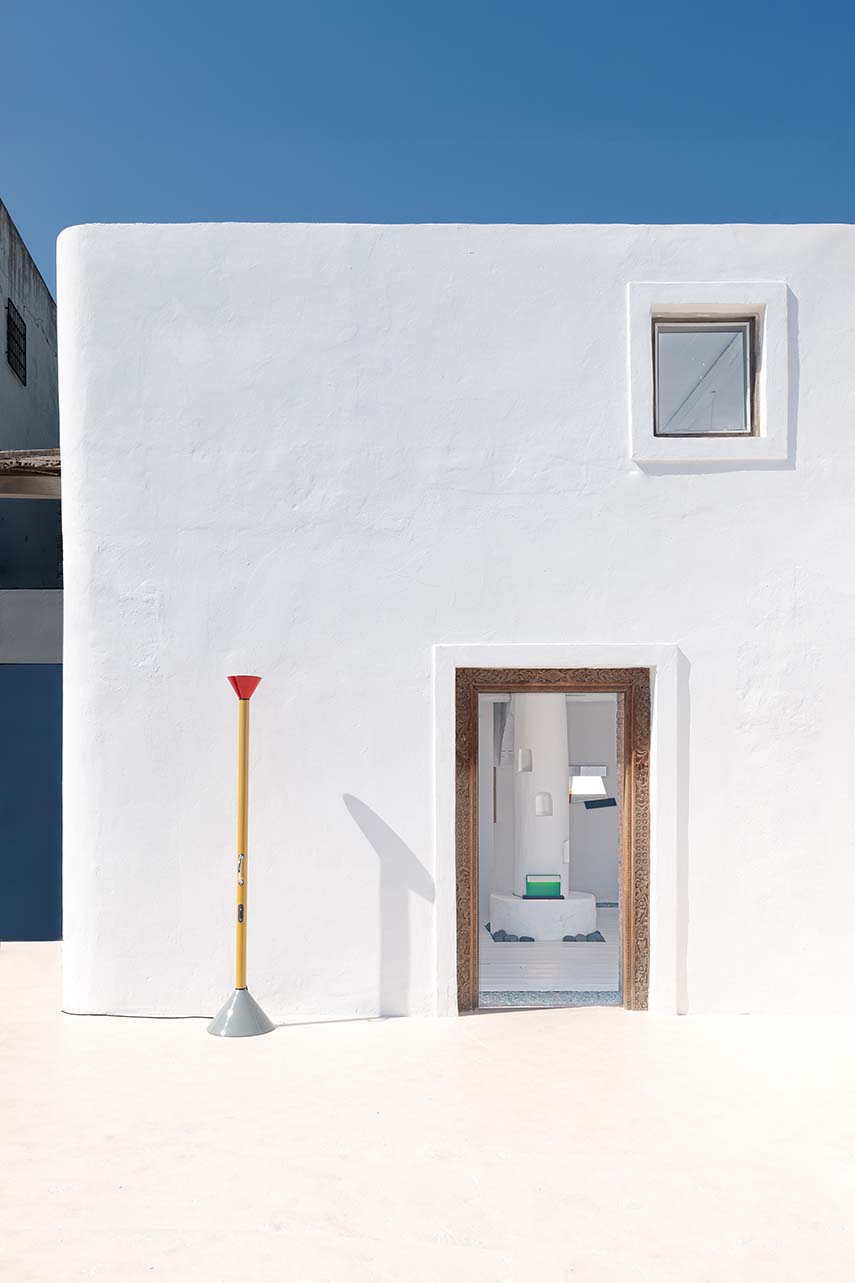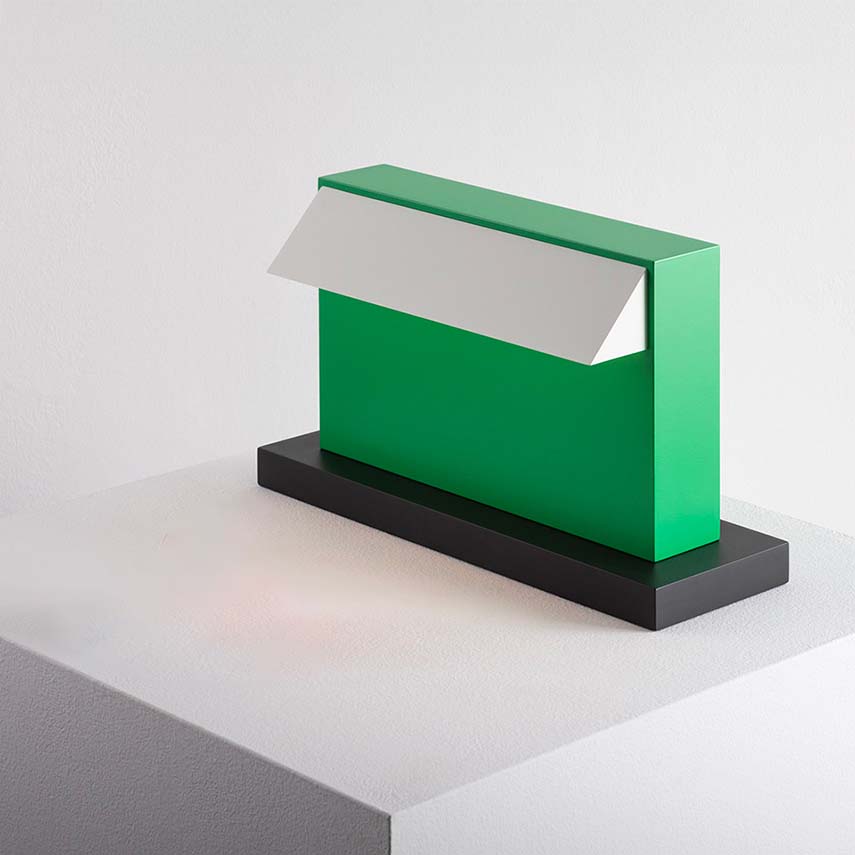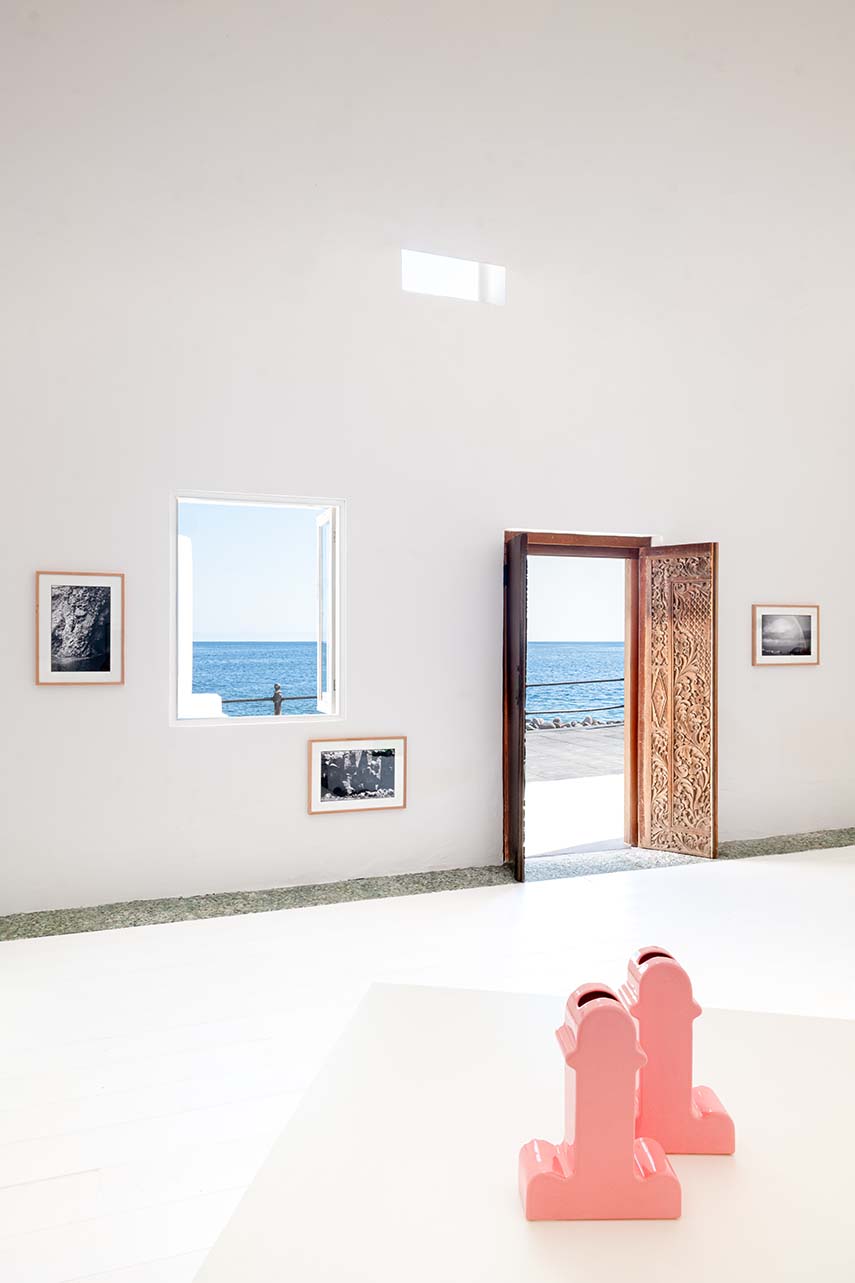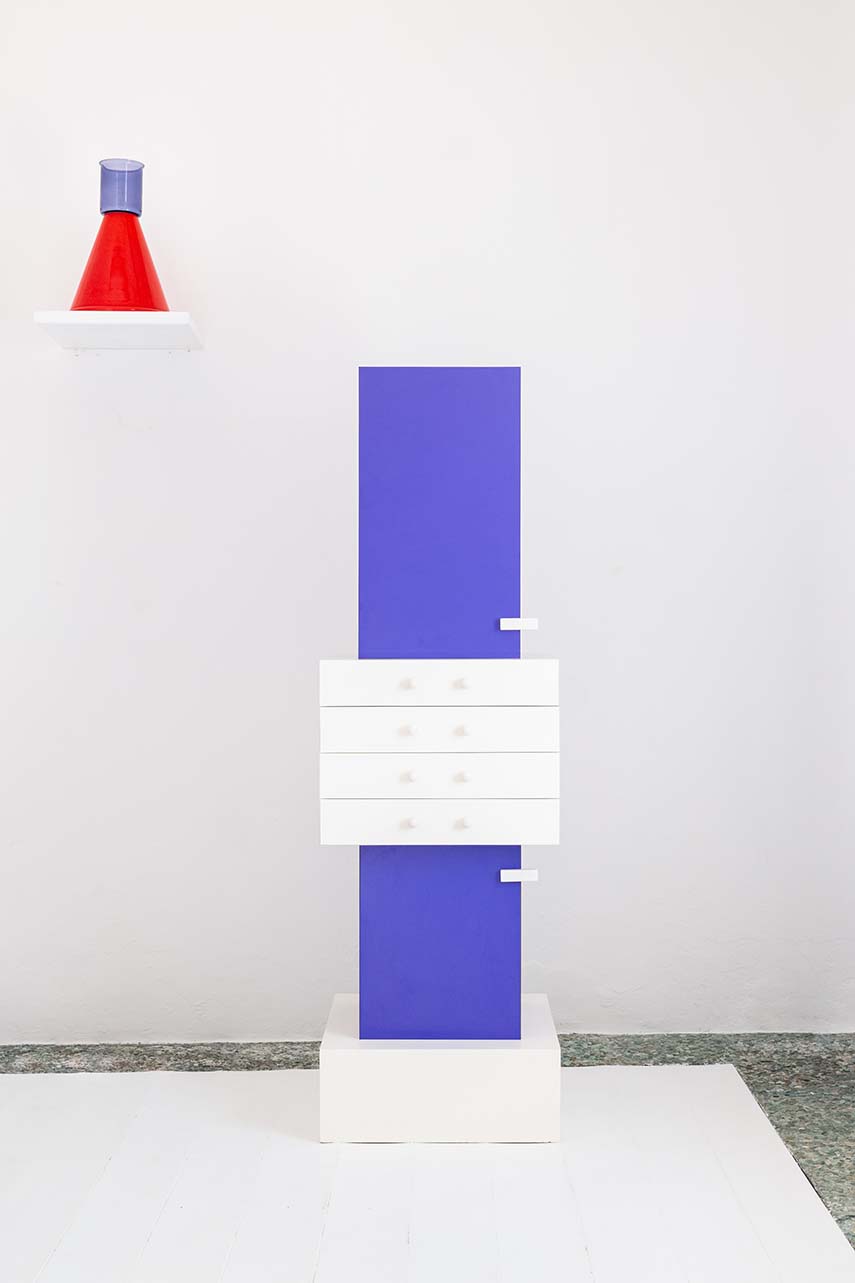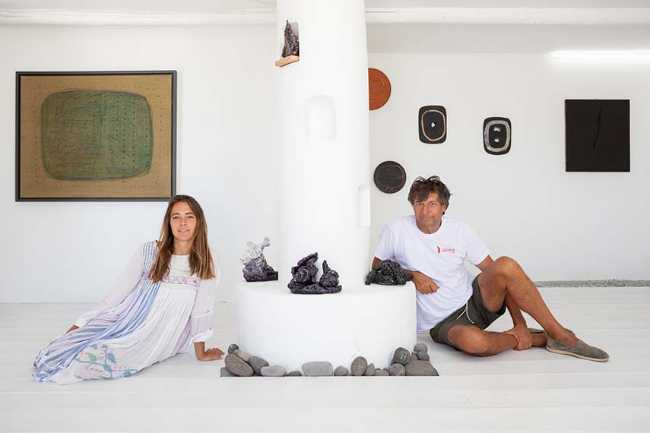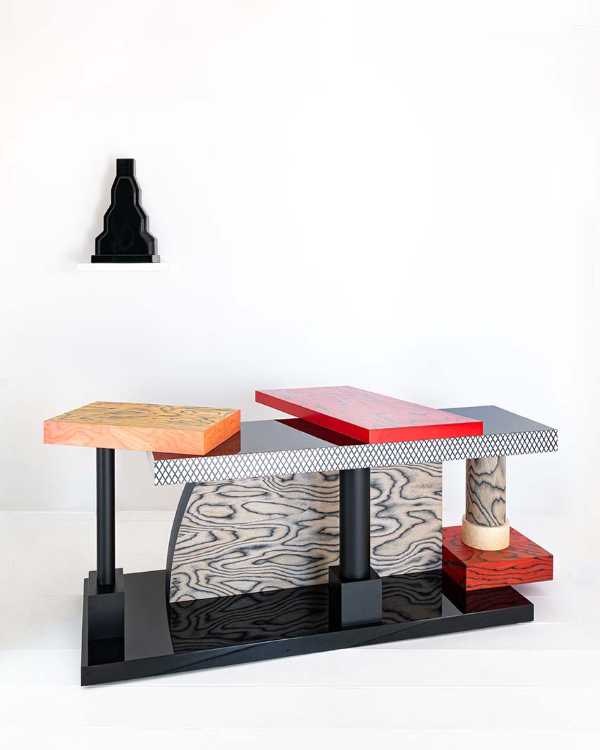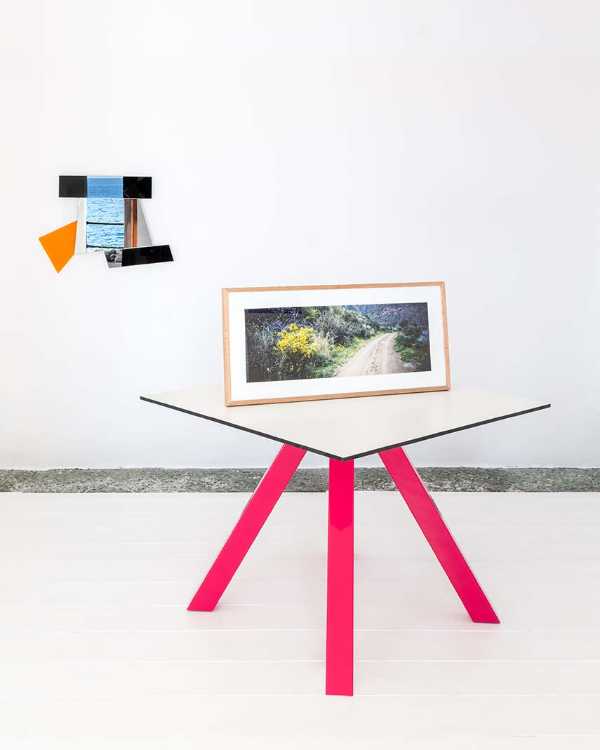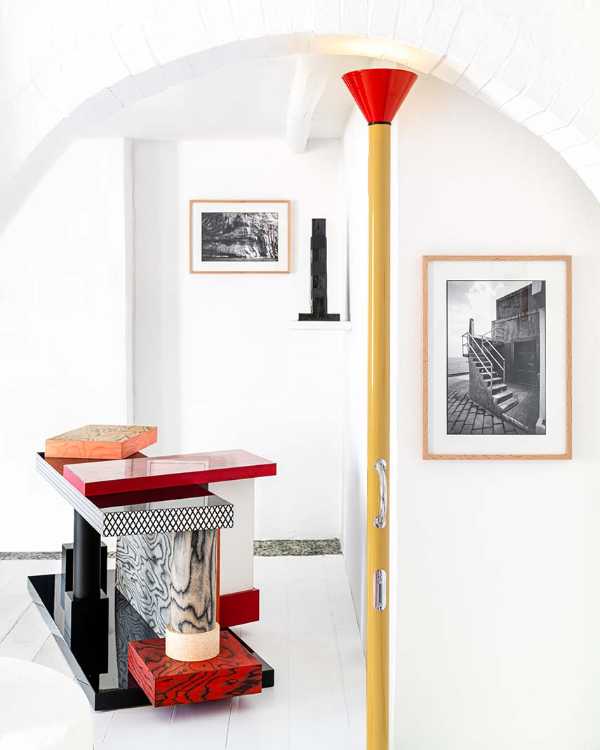The house on the island and the southern light
In the evocative setting of Filicudi, where Sottsass spent summers with his partner Barbara Radice, matter merges with light, and architecture is reduced to the essential. It is no coincidence that it is from this place - a rugged and poetic island - that the common thread of the exhibition unfolds. The selected works, from the 1960s onwards, convey the value of silence, spirituality, and the emotional memory of things. "Light also tells the story of architecture," wrote Sottsass: and in the exhibition, light becomes a metaphor, a guardian of stories and atmospheres.

